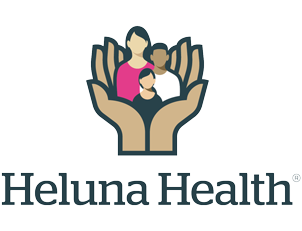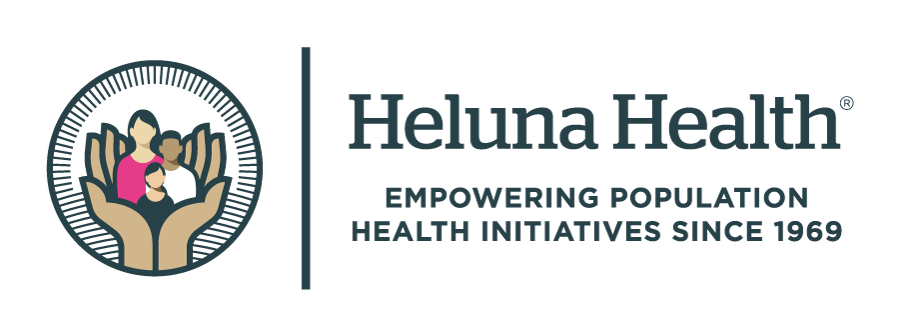Dr. Edwards is the chief strategy officer at Providence St. Joseph Health System, a comprehensive Catholic health system. She also serves on the Board of Directors of Heluna Health, a national nonprofit organization that seeks to enhance the health, wellness, and resilience of communities through direct population health services and program support. The opinions expressed in this editorial are strictly her own.
Never has there been a more appropriate time for our nation to establish a financially sustainable healthcare system. The current pandemic has shed light on just how vulnerable each and every one of us is to succumbing to COVID-19, and tragically, has illuminated how unprepared our country is to care for its citizens. This pandemic has made abundantly clear the need to retool basic clinical healthcare, and even more importantly, it has demonstrated the urgent need to rebuild our public health infrastructure, which is intended to protect the entire population from communicable diseases in the same way that our military is structured to protect us from war.
COVID-19 has created a once-in-a-lifetime opportunity for the United States to rightsize the ship and stand up a health care delivery system that addresses our fundamental need to protect the public’s health—first and foremost–while addressing the social determinants of health and reducing the financial burden placed on individuals and businesses across this country. SARS-CoV-2, the novel coronavirus that causes COVID-19, has entered our human ecosystem and there is no turning back.
Many are waiting for COVID-19 to go away, or for the ‘new normal’ to begin. Rather than waiting for this day to come, we need to spend our time and energy creating a ‘new normal,’ including doing much more to protect ourselves against the risk of exposure to this novel coronavirus, while also putting into place necessary measures to limit our inevitable exposure to new pathogens before they create substantial risk. As noted so eloquently by the virologists Parrish and Holmes in their 2008 article, “Cross-Species Virus Transmission and the Emergence of New Epidemic Diseases,”[i] the risk of known and unknown viruses emerging in humans, in the way that the SARS coronavirus, Hendra virus, Human Immunodeficiency Virus (HIV), and Ebola have, is dependent on a variety of factors. We need to understand those factors and directly address them in order to prevent future outbreaks with similarly grave, or perhaps even more calamitous, consequences.
In my opinion, in order to create our ‘new normal,’ we must first accept the fact that the globalization of our economy is a significant factor in causing the current pandemic and in predicting the likelihood of future ones. The probability is now great for viruses that have existed in environments where they have adapted for centuries and have caused no/minimal disease among local animal species, to enter new environments, where they can easily ‘jump species’ into different hosts, such as humans, who have no immune protection against them. This ‘zoonotic transfer’ will continue to happen, as travel has become more common, businesses and communities are more interconnected, and our environment is changing with exponential population growth.
Second, it is important to remember that there is a direct correlation between having a weak immune system and being more susceptible to severe illness from infection. In part, because of successes we have experienced in the treatment of cancer, autoimmune diseases and infections like HIV, there are many more people living, rather than dying, with weakened immune systems. That success does also mean that these people are at greater risk for poorer outcomes from common ailments, like the flu and now COVID-19.
An analogy can be made to the strength or weakness of our society in fighting off pathogens: for just a moment, consider our society as a single “host” and SARS-Co-V-2 the pathogen. If the host (i.e. society) does not have a strong protective layer, and the proper safeguard are missing, the host is at risk of becoming ill. The weaker the host, the sicker it gets. In this analogy, our protective layer is our public health system and it is severely weak at the moment–almost non-existent–putting the entire society at risk of infection.
The third contributing factor is harder to protect against, but not impossible, and it is the fact that this coronavirus is new. This novel virus, and others that will follow it, took us by surprise. We were unable to fight it and we are struggling to make space for it. What we are experiencing now is the shock of having a foreign agent enter our bodies, enter our society, and disseminate in viral fashion. Our bodies and our society must either be inoculated or adapt. Therefore, we need vaccinations and a system of care that can treat the individual who is infected and that can protect the community as a whole.
Once we acknowledge that globalization leads to exposure to novel pathogens, which in turn, leads to increased risk of infection that can only be mitigated if a strong protective layer is in place, we can start to strengthen that protective layer. The time is now to protect society and create the public health system that will enable us to not only vaccinate at scale, but to adapt, so that we can prevent future pandemics.
Given the wealth and innovation that exists in this country, the United States should be leading in our ability to promote health and fight disease. Yet, we were caught off guard when this novel coronavirus hit. Barriers to standing up a formidable public health infrastructure range from cultural norms and a sense of invincibility to economics that financially incents treating the sick and de-prioritizes the economic value of prevention and wellness to a society. The speed and intensity by which this novel coronavirus struck the nation is a wake-up call that we cannot ignore. We must change our attitude and shift our priorities, so that behaviors and finances are aligned with the outcome that we want to achieve in our ‘new normal.’ I am making the assumption that the desired outcome is health–both physical and economic.
In the global fight against COVID-19’s impact, some may say that the virus has won. However, if we move quickly and deliberately to build a system that protects the public’s health by constantly and consistently monitoring viral threats; by doing the hard work of protecting ourselves from communicable diseases; and by preventing and treating chronic disease; we will have created our ‘new normal.’
[i] Parrish CR, Holmes EC et al. Cross-Species Virus Transmission and the Emergency of New Epidemic Diseases. Microbiology and Molecular Biology Reviews. September 2008; pp 457-470.





